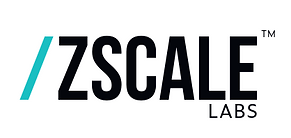
White Paper - Beyond Conventional Linear Processing: Hyperdimensional Computing
Aug 22
1 min read
1
47
0

The below-linked downloadable white paper explores the limitations of traditional computing architectures and introduces hyperdimensional computing as a novel solution.
Below is an executive summary of the key points discussed:
Conventional Computing Architectures
Components: Traditional computing systems consist of hardware (CPU, memory, I/O devices) and software/firmware (OS, firmware, drivers).
Architectural Variants: Includes Von Neumann, Harvard, RISC, and CISC architectures.
Drawbacks: These architectures face bottlenecks in processing efficiency, complexity, and resource management, limiting parallel processing and efficient data flow.
Interim Solutions
Interim technologies such as Quantum Computing (in its current and not-yet-fully-realized forms), Parallel and Distributed Computing, and various Memory Technologies offer their strengths, but also eventually pose Imitations of their own.
Hyperdimensional Computing (HDC)
Hyperdimensional Computing (HDC) is a proven – yet underutilized – technology leveraging high-dimensional vectors (hypervectors) for information representation and computation, enabling parallelism and robustness to noise and errors.
Advantages: Supports faster learning and decision-making, fault tolerance, and energy efficiency. It is particularly beneficial for AI and bioinformatics applications.
Operations: Includes bundling, binding, and permutation of hypervectors, allowing for symbolic reasoning and complex data manipulation.
Applications: Used in image classification, bio-signal processing, and abstract visual reasoning, providing transparency in decision-making processes.
Conclusion
Hyperdimensional computing offers a scalable and flexible approach to overcoming the limitations of traditional linear processing. It provides a robust framework for complex problem-solving, making it a promising technology for advancing artificial intelligence and other computational fields.
(Now download the full White Paper to read on....)






